Last Friday afternoon, amid the menswear shows for Paris Fashion Week, a crowd of influencers, shoppers, celebrities and fashion journalists waited for Dior’s latest collection. Attendees, however, weren’t chatting about what they expected from the clothes, or the staging, or the state of the brand, or what they were hoping to see. Instead, it was all about the fate of its designer.
The show received strikingly positive reviews, with critics raving over Dior Homme’s return to simple form and immaculate craftsmanship. But before, throughout, and after, one question saturated the air: would this be the last show by its men’s creative director, Kim Jones? When you have to ask the question, you already know the answer, and a week later, after years of rumors and speculation, the inevitable arrived.
This morning, the house announced that Kim Jones had resigned from his role, closing a seven-year tenure that had been commercially lucrative but creatively inconsistent. If you were to judge his record on the sales of Dior B27 and B30 sneakers, then he has been utterly triumphant. But up from the ankle, the underrated and uber-influential menswear designer never quite managed to carve a strong, resonant identity for menswear in the brand.
The potential, and the warning signs, were both in attendance for his debut Spring/Summer 2019 collection, shown in June 2018. Where Paul Helbers’s final spring Summer/Summer line was crass and tired — consisting of sleeveless suits, light-grey monogram fabric, red-stripe varsity prints and athletic short-shorts — Jones gave Dior Homme a new look.
Gone were the blacks and dark tweed. In were looks in pastel blue and pink, paired with lace vests; floral silk shirts with “CD” chain necklaces and suede boots; and the most impeccable double-breasted suits on the market, with his new signature button strap, stretching from the left breast. It remains one of the only modern designer brand suits that I still desperately want.
Jones has always been an aesthetic magpie, plucking the best from archives, East Asian style, streetwear and classic tailoring, so rather than try to strike out in some new, hyper-masculine way, Jones nicked from Dior’s archives and codes of the women’s line — its delicacy and lightness, along with its saddle handbag — and reframed them for the modern man. Add to this Matthew Williams’s signature “roller-coaster” belt buckle, some odes to classic Ralph Lauren workwear and a new bee motif (like the floral shirts, inspired by Christian Dior’s love of gardening), and you have an elegant, detailed, distinct masculine aesthetic.
This was an outstanding debut. But at the center of the runway was an enormous flower statue of the KAWS character “BFF.” Why was it there? Kim Jones likes Kaws (real name Brian Donnelly), and statues and prints of his character were popular with young men who read Hypebeast and Highsnobiety. Seemingly hoping to bring that energy to Dior, Jones had plopped the statue down, despite it having nothing to do with his line or the brand more generally; and that focus on attention would gradually eat away at everything that made his Dior Homme special.
Over the seven years that followed, Jones would continue his beautiful suiting, but few of those sold, and he consistently pivoted into the easy, commercial choices. Each season brought a new trendy sneaker, clad in a recognizable Dior monogram, and along with it, some facially hyped-up collaboration, which rarely made sense or worked.
Jones was the man to weld streetwear to designer fashion with his 2017 Louis Vuitton x Supreme line; and though that was exciting at the time, such obvious partnerships felt tired and forced at Dior. The Dior Jordan 1 is chic and comes from Jones’s love of Jordan Brand, but it read as a soulless attention grab for the shallowly affluent, as did their Stone Island line, which has no connection whatsoever to Dior (bar the big logos, of course). And those are the two best collaborations. The $1,100 Dior x Birkenstocks were a bad joke; the 2022 Dior x Cactus Jack line (with Travis Scott) was consistently hideous; and releasing clothes with the driving game, Gran Turismo, redefined “sell-out.”
As much as I might whine, these items sold out; as did the sneakers, and the bags, and the other high-margin, high-volume items that LVMH cares most about. But, by leaning into the easy commercial successes, they gradually ate into the clout and identity of the menswear line. At Jones’s former brand, Louis Vuitton, Virgil Abloh also released collaborative products and increased sales to the high-margin accessories. But he did so as part of a distinct, cohesive vision that made people excited and want to buy in, so it never became tiring. Except for that first show, that wasn’t true for Jones’s Dior, and the brand wasn’t growing. JW Anderson could change that, jumping across from Loewe to make his vision for Dior’s men’s and women’s lines.
Where will Jones go now? Though his departure from Dior was no surprise, there’s far less certainty about his next destination. Burberry is flailing — creatively and commercially — and could use his touch, but LVMH remains loyal to those who’ve made them a lot of money, so I’m sure they’ll persuade him not to leave for a rival. Yes, there’s online chatter about him going there — written up in an article in the Guardian — but I have serious doubts, and trustworthy folks tell me that Burberry’s management is sticking by Daniel Lee (despite my grumblings). Any chatter about him heading to Jil Sanders seems even less probable, particularly given more credible rumors about Simone Bellotti (who’s done incredible work at Bally).
Lauren Sherman of Puck has mused that LVMH might fund the return of his namesake “Kim Jones” label, and that’s a superb idea. He closed the house in 2008, and it would be the perfect return for a new, high-end menswear label within the group. LVMH has already done that with Phoebe Philo’s namesake brand, which is molding the tastes of fashionable, affluent women. Kim Jones could do the same for male shoppers.
He made Dunhill, of all brands, briefly a spot of genuine excitement; was a friend and inspiration for people like Virgil and Kanye West before they were sartorial giants; and though he’s the man who incubated and exhausted the merge between street and designer fashion, his roots are as a modern master tailor, with an excellent eye for detail and cut. And we could need more of that.
Perhaps that’s a hopeful clue in his final Dior collection. Closing out his time at the Maison, there were no collaborations, logos, monograms or pop-art prints. Instead, he presented uncreased, bonded leather jackets; flowing, balloon-skirt-like grey wool trousers, and those perfectly tailored, hour-glass, double-breasted suit jackets. And they were fantastic.
If that’s the direction he wants to develop further, under his label or any other, then I look forward to seeing it.



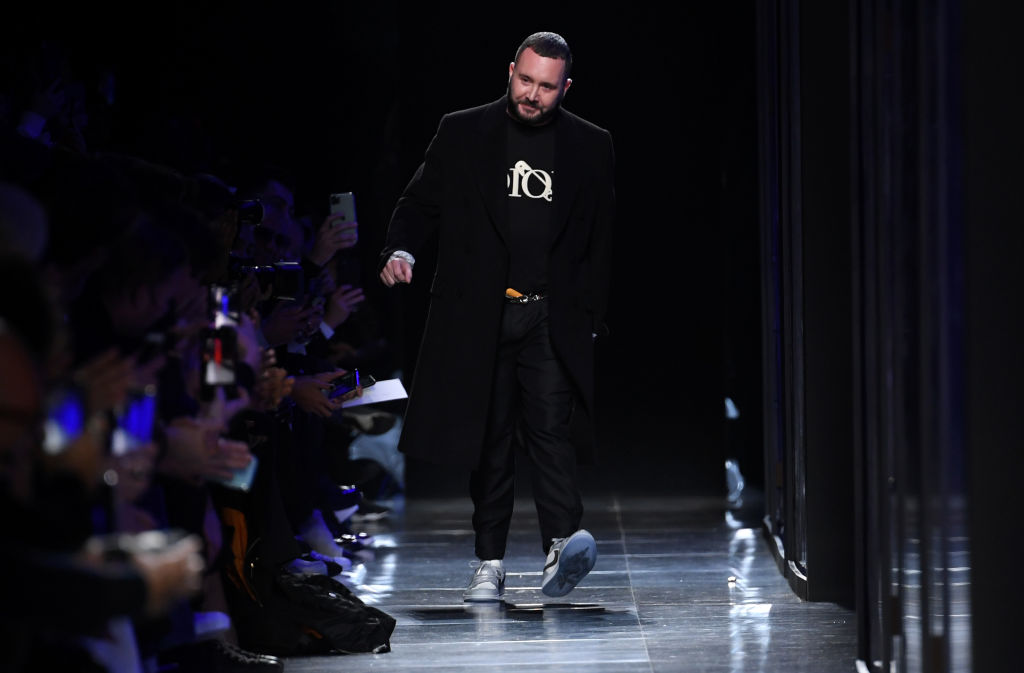






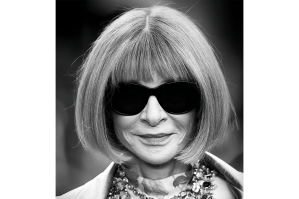
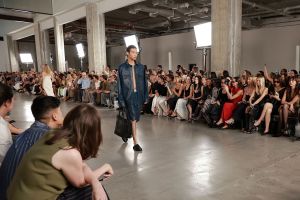


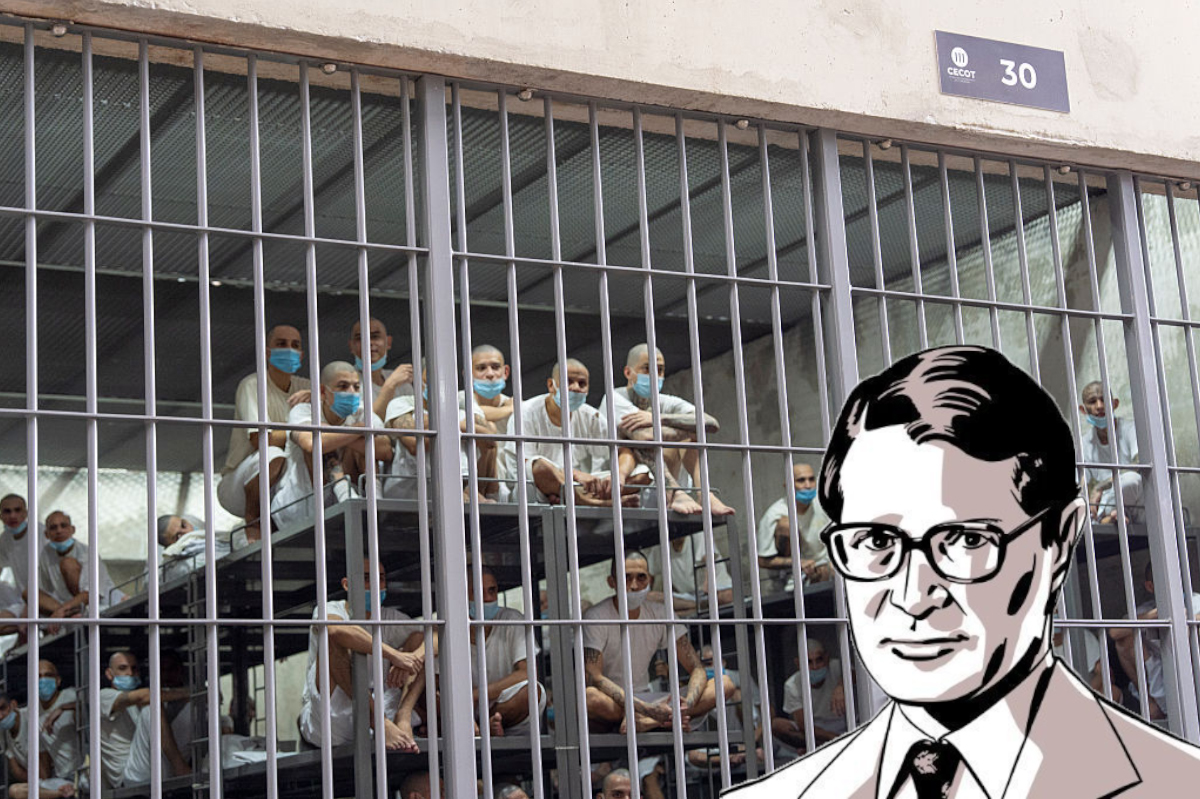

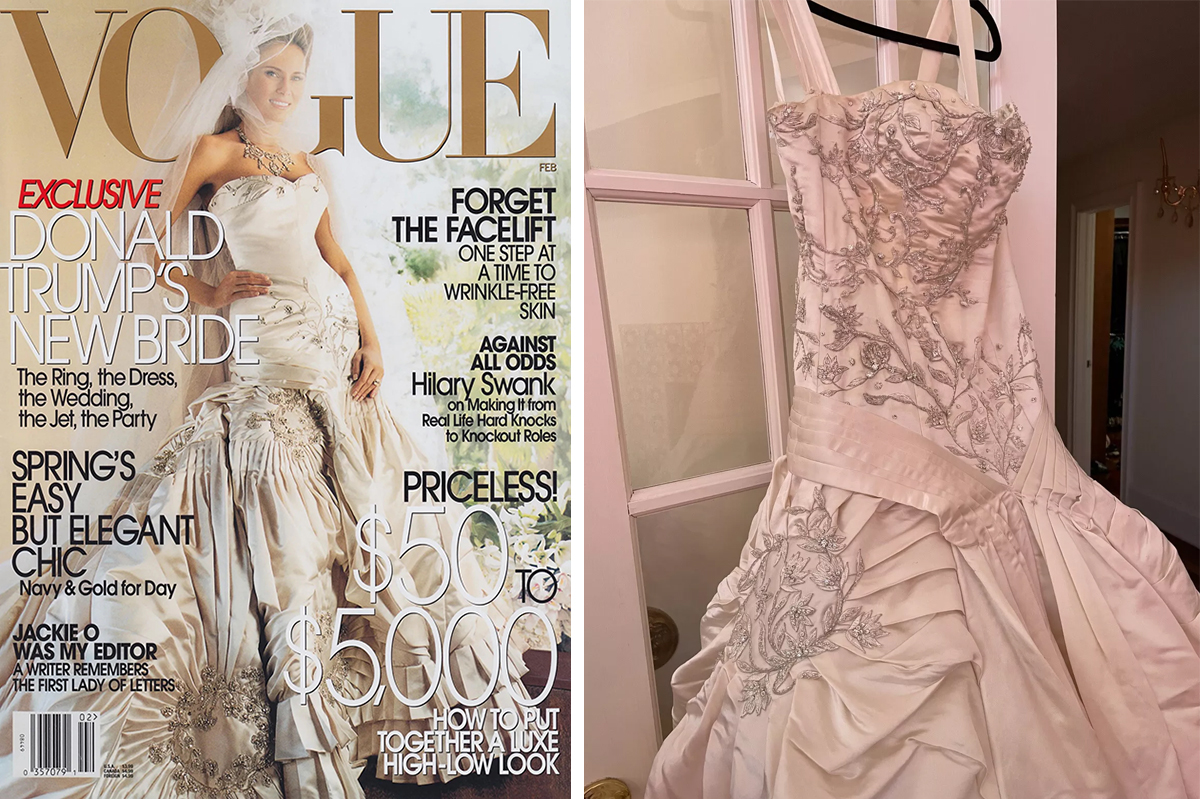
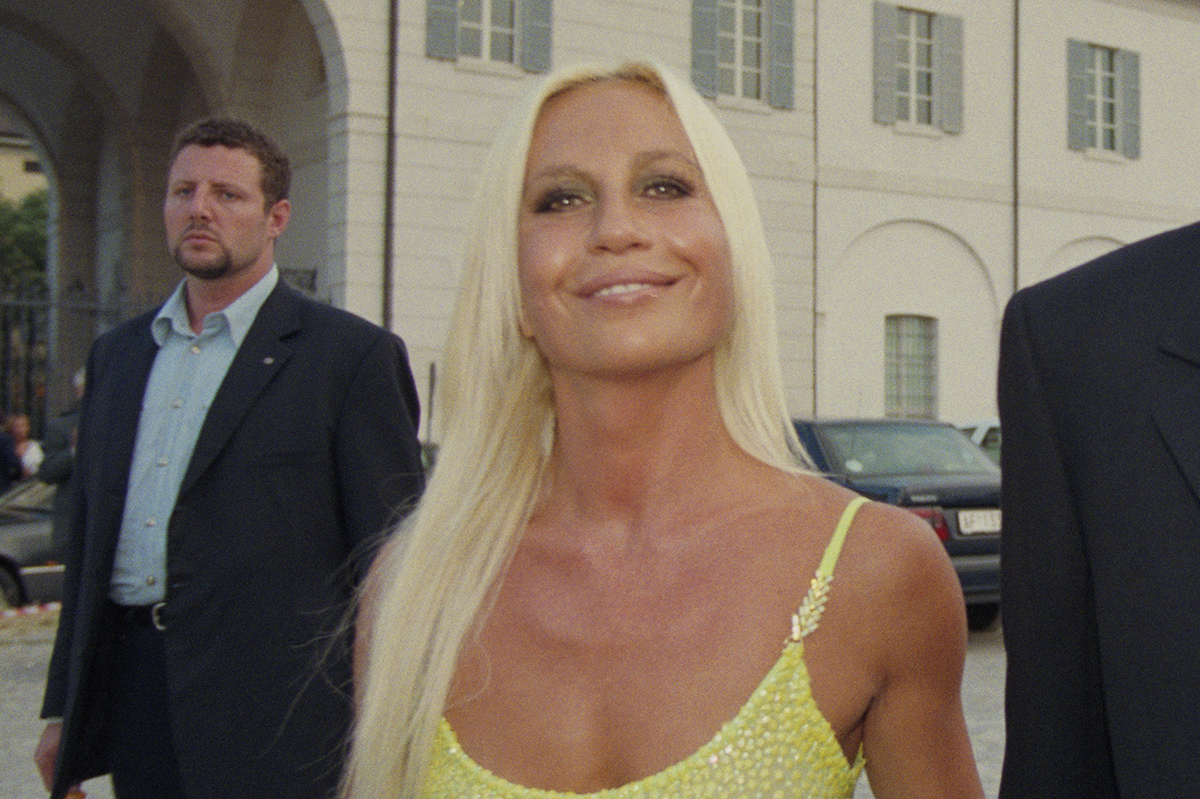


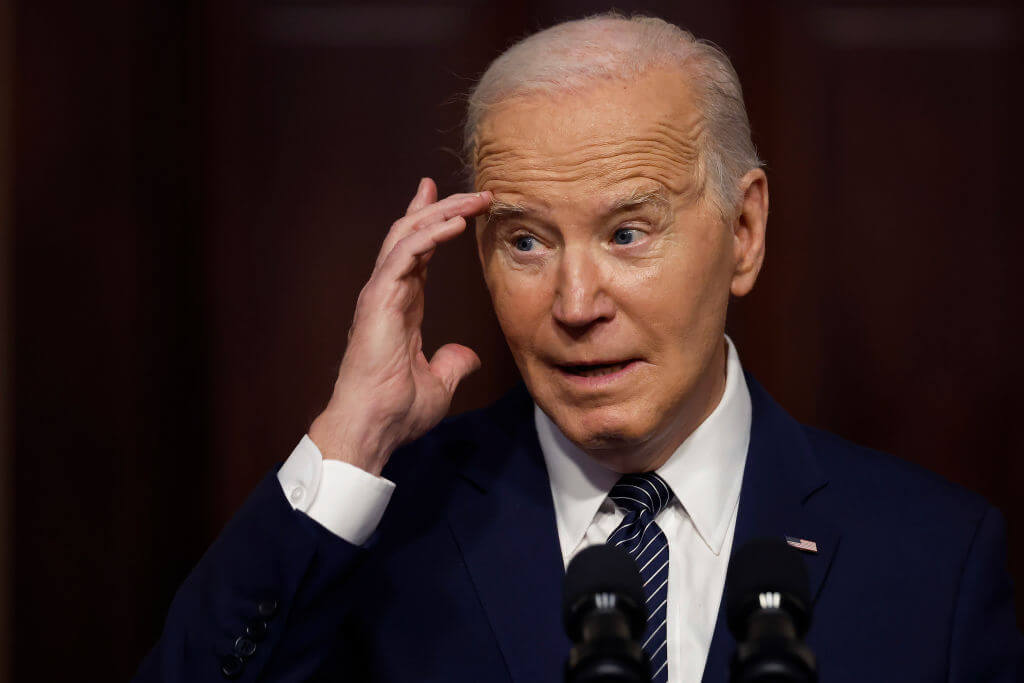


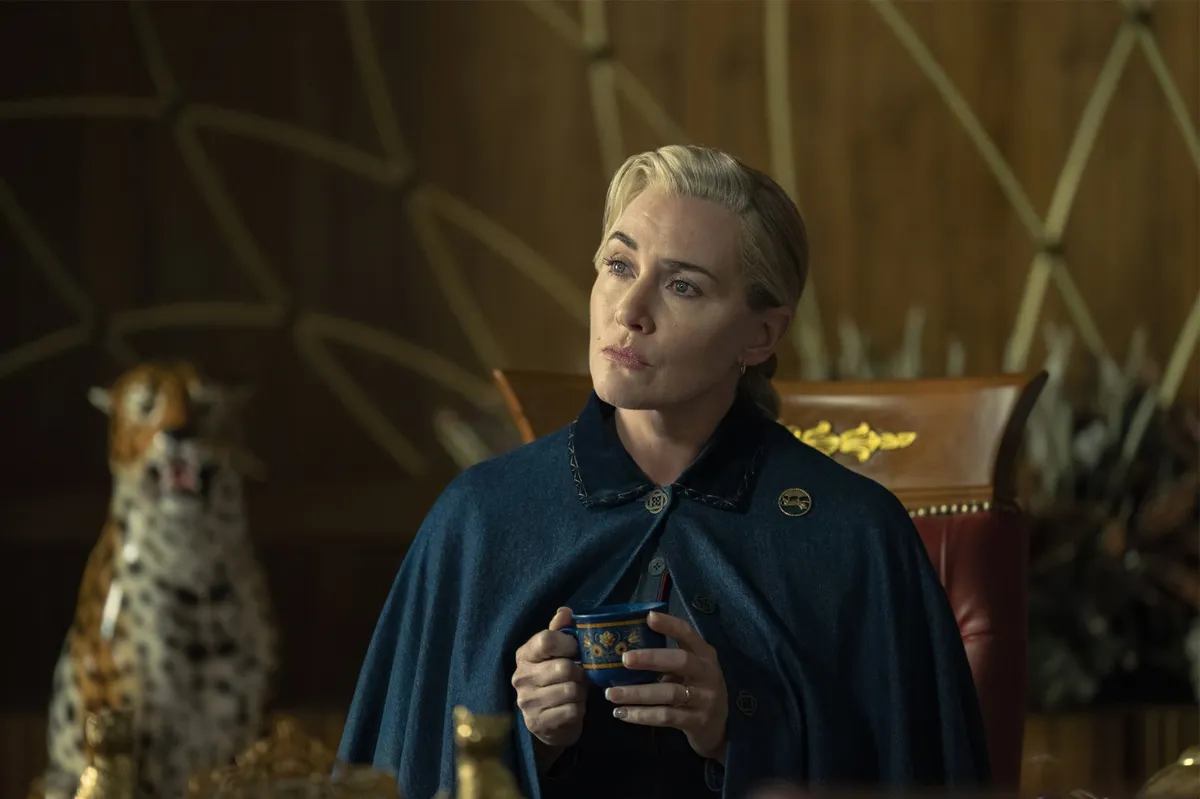
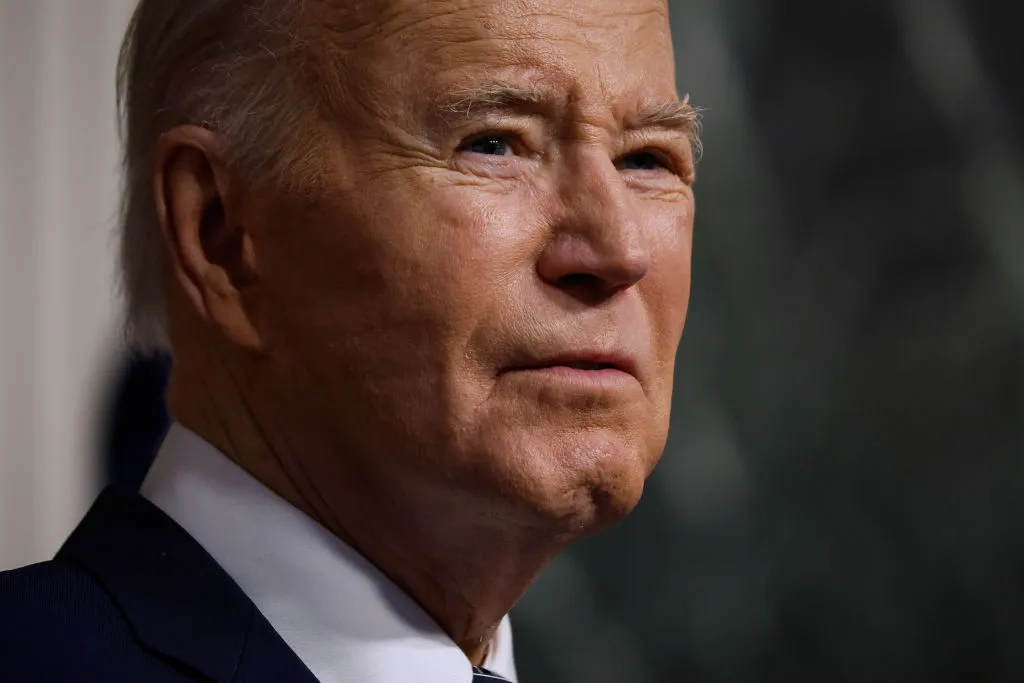

Leave a Reply